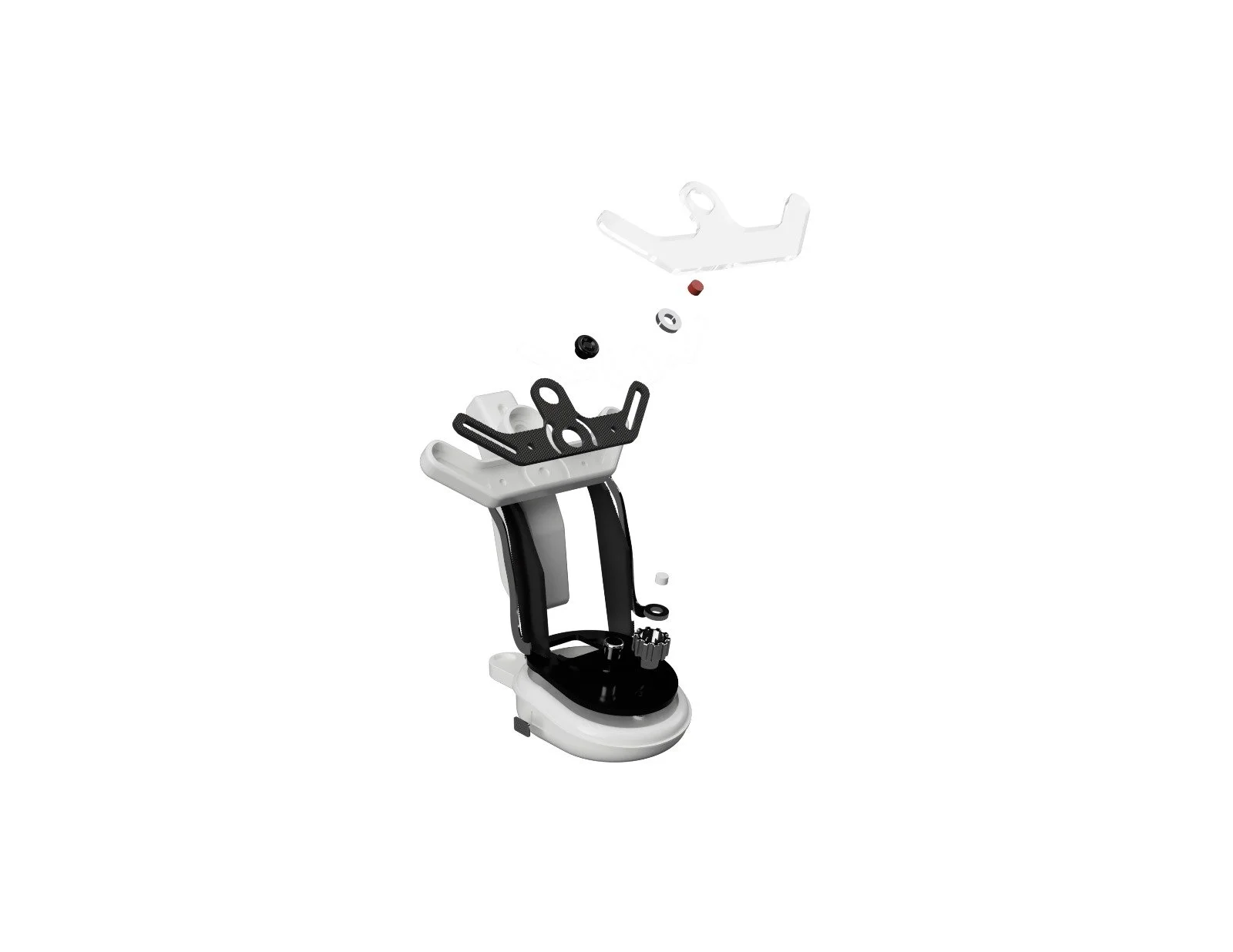Aura (5) Design Process
The project aimed to reposition the brand NOTHING into a new market over the next 10-15 years by designing products that address urban commuting challenges linked to the United Nations Sustainability Goals. Rapid urbanisation has increased hazards like air pollution, noise, and harmful lighting, affecting commuters’ health and well-being. NOTHING, a transparent and environmentally conscious brand, seeks to create innovative, sustainable solutions that help commuters navigate these urban dangers safely and effortlessly. By doing so, NOTHING can lead change through its expertise in minimalist design and sustainability while improving the lives of individuals and communities.
Research and Brand Selection
We selected sustainable cities, specifically focusing on urban commuting and the hazards commuters face, as our core problem area. I decided to focus on the issues related to light pollution and the adverse effects that can be brought upon by it, including seasonal affective disorder. After exploring and analysing various brands, we chose NOTHING due to their strong commitment to sustainability goals, which closely align with our project’s focus. We conducted an in-depth analysis of NOTHING’s design language and values, which provided valuable insights to guide our own design decisions.
Design Development
The products form changed quite drastically from the initial concepts, to combined concept, then further design ideation, exploring more organic, natutal shapes that suited a hand held product for the 10-15 year context.
Foam Model Development
Multiple variations of foam models were prototyped to analyse the form, positioning of parts, how the user would interact with the product, how the final model would be produced i.e. spilt lines, what parts are seperate from each other.
Final Model Production
The final model was produced via Resin and Polyjet 3D printing, laser cutting small parts for the linework and model board. All 3D printed parts sanded, primed and spray painted using the CMF of Nothing, ensuring we had a consistent family image.















